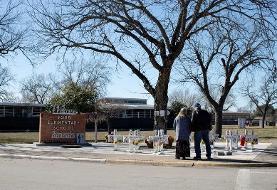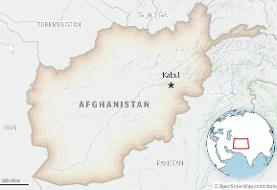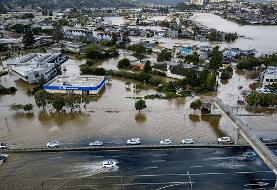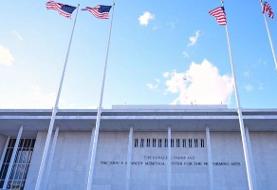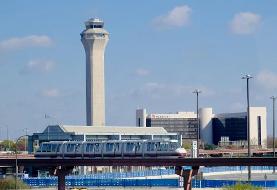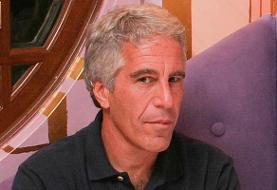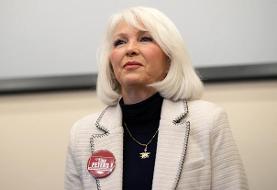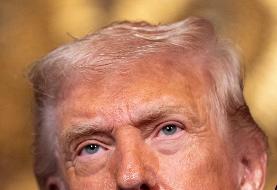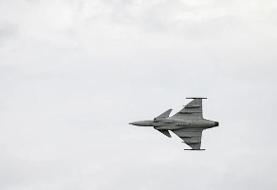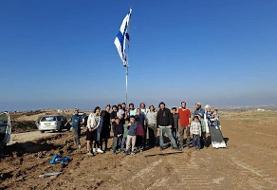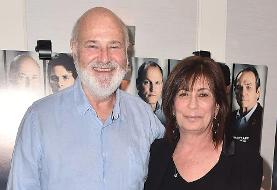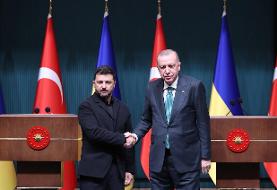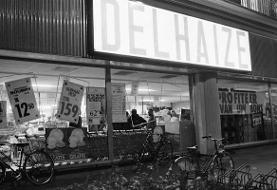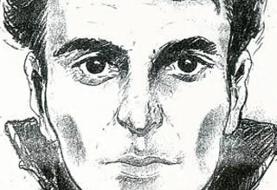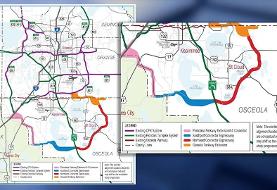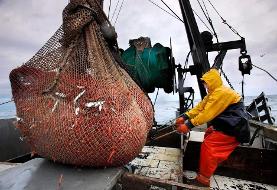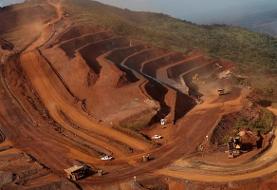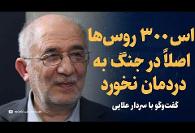Isfahan in Panorama
Isfahan (Persian: اصفهان, Esfahān), historically also rendered in English as Ispahan, Sepahan, Esfahan or Hispahan, is the capital of Isfahan Province in Iran, located about 340 kilometres (211 miles) south of Tehran. It is Iran's third largest city after Tehran and Mashhad. The Greater Isfahan Region had a population of 3,793,101 in the 2011 Census, the third most populous metropolitan area in Iran after Tehran and Mashhad.
The cities of Zarrinshahr, Fooladshahr and Najafabad, Se-deh, Shahinshahr, Mobarakeh, Falavarjan and Charmahin all constitute the metropolitan city of Isfahan.
Isfahan is located on the main north–south and east–west routes crossing Iran, and was once one of the largest cities in the world. It flourished from 1050 to 1722, particularly in the 16th century under the Safavid dynasty, when it became the capital of Persia for the second time in its history. Even today, the city retains much of its past glory. It is famous for its Persian–Islamic architecture, with many beautiful boulevards, covered bridges, palaces, mosques, and minarets. This led to the Persian proverb "Esfahān nesf-e jahān ast" (Isfahan is half of the world).
The Naghsh-e Jahan Square in Isfahan is one of the largest city squares in the world and an outstanding example of Iranian and Islamic architecture. It has been designated by UNESCO as a World Heritage Site. The city also has a wide variety of historic monuments and is known for the paintings and history.
Khaju Bridge
Khaju Bridge (Persian: پل خواجو Pol-e Khāju) is a bridge in the province of Isfahan, Iran, which has been described as the finest in the province. It was built by the Persian Safavid king, Shah Abbas II around 1650, on the foundations of an older bridge. Serving as both a bridge, and a dam (or a weir), it links the Khaju quarter on the north bank with the Zoroastrian quarter across the Zayandeh River. Although architecturally functioning as a bridge and a weir, it also served a primary function as a building and a place for public meetings. This structure was originally decorated with artistic tilework and paintings, and served as a teahouse. In the center of the structure, a pavilion exists inside which Shah Abbas would have once sat, admiring the view. Today, remnants of a stone seat is all that is left of the king's chair. This bridge is one of the finest examples of Persian architecture at the height of Safavid cultural influence in Iran. In words of Upham Pope and Jean Chardin, Khaju bridge is "the culminating monument of Persian bridge architecture and one of the most interesting bridges extant...where the whole has rhythm and dignity and combines in the happiest consistency, utility, beauty, and recreation."
Sheikh Lotfollah Mosque
Sheikh Lotfollah Mosque (Persian: مسجد شیخ لطف الله) is one of the architectural masterpieces of Safavid Iranian architecture, standing on the eastern side of Naghsh-i Jahan Square, Isfahan, Iran.
Construction of the mosque started in 1603 and was finished in 1619. It was built by the chief architect Shaykh Bahai, during the reign of Shah Abbas I of the Safavid dynasty.
Vank Cathedral
Holy Savior Cathedral (Armenian: Սուրբ Ամենափրկիչ Վանք, Surp Amenaprgich Vank; Persian: کلیسای وانک or آمنا پرکیج, Kelisa-ye Vank or Amenapergich), also known as Vank Cathedral and The Church of the Saintly Sisters, is a cathedral in Isfahan, Iran. Vank means "monastery" or "convent" in the Armenian language.
Images courtesy of Willy Kaemena at www.kaemena360.com




